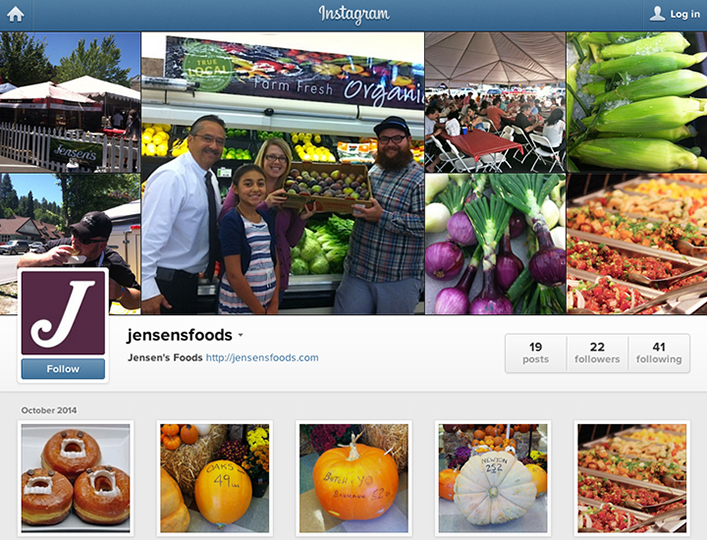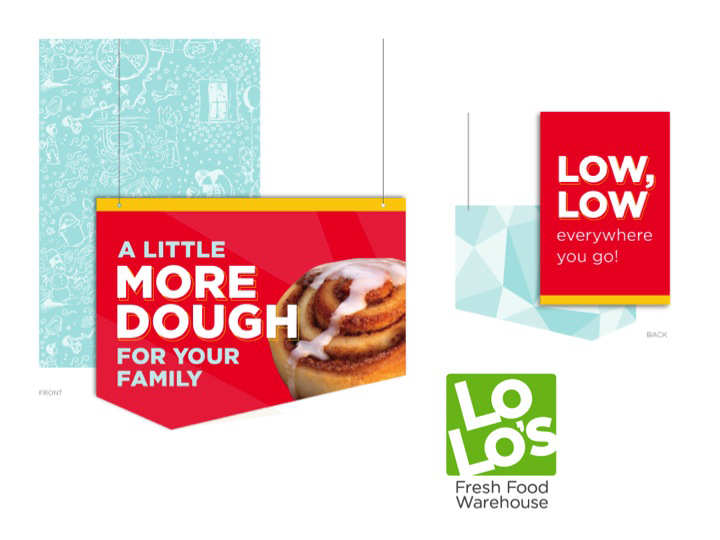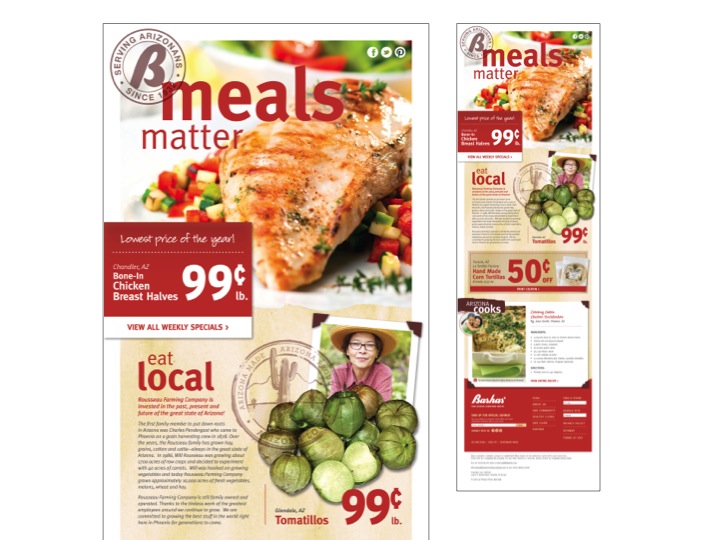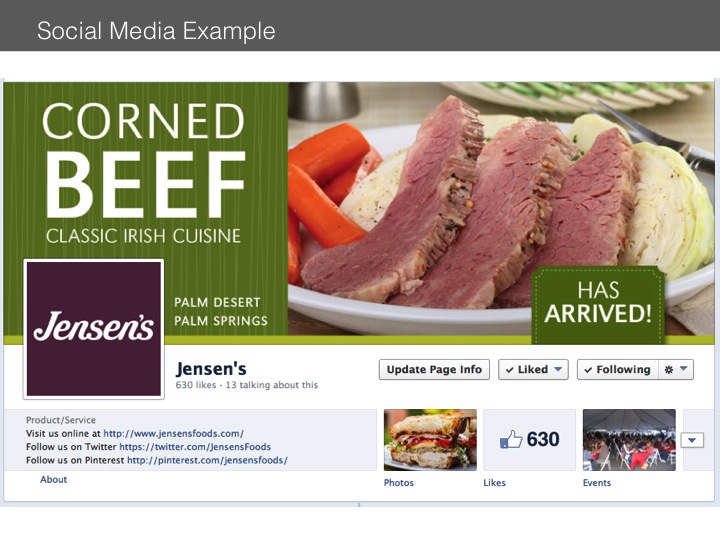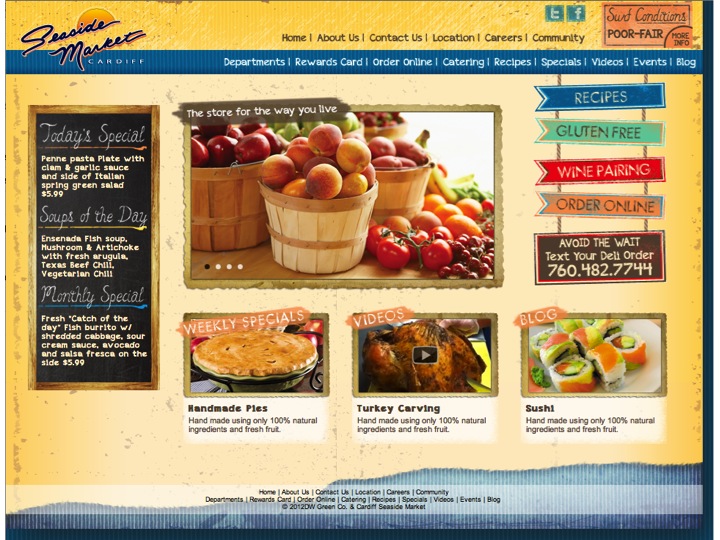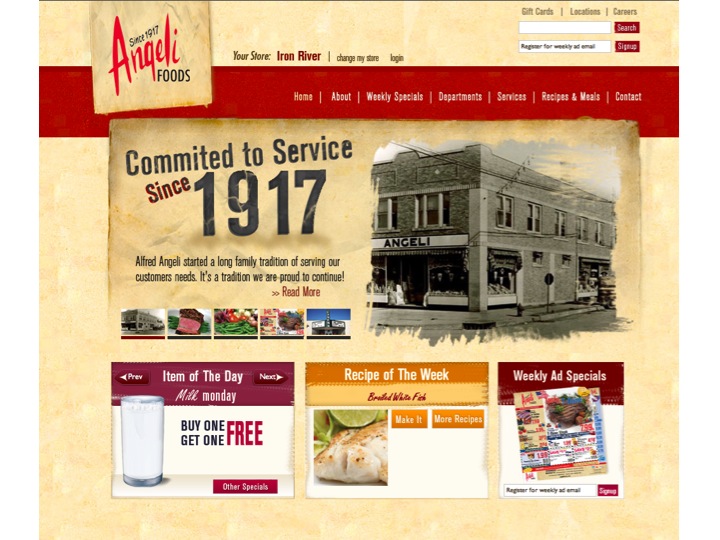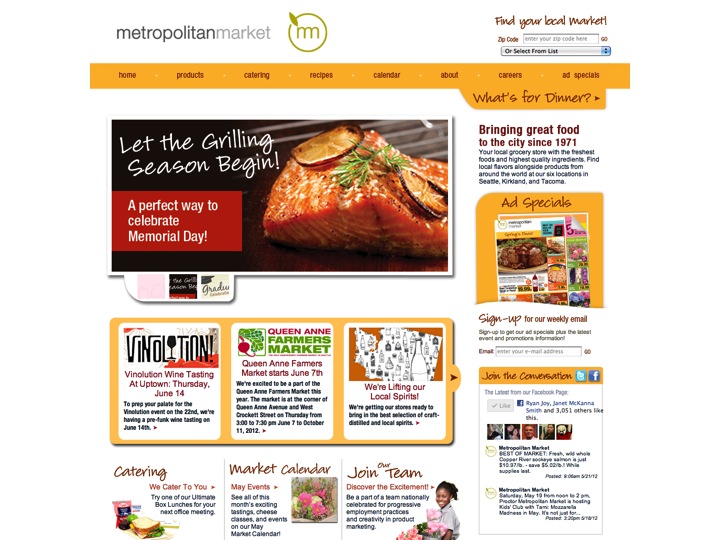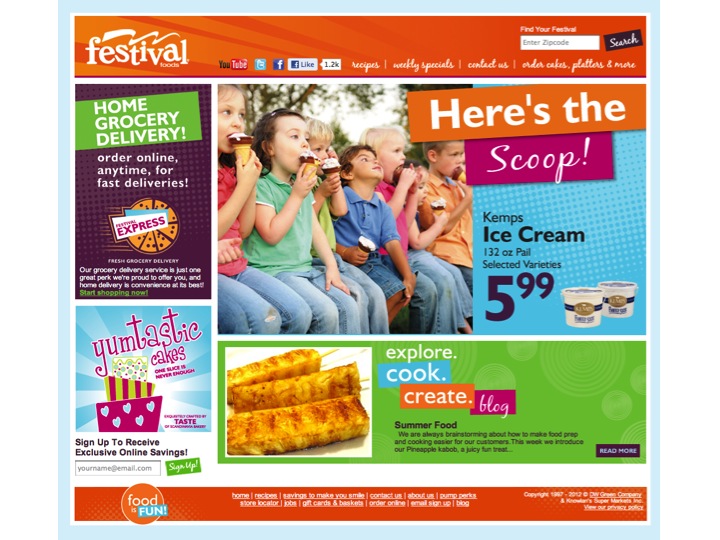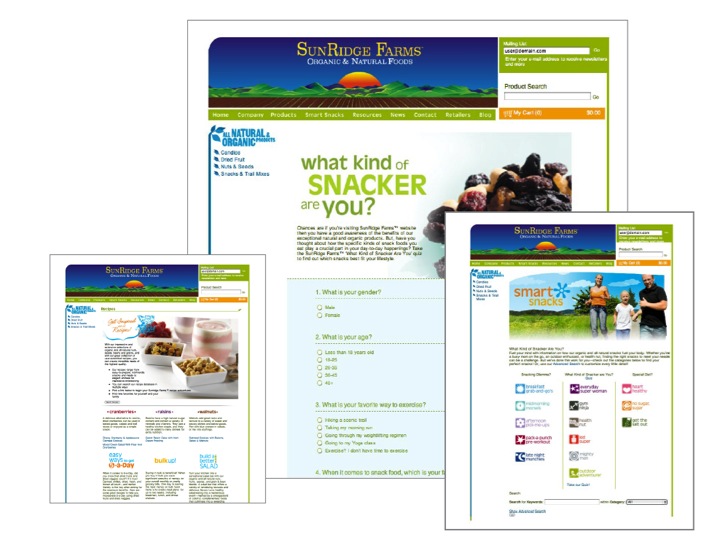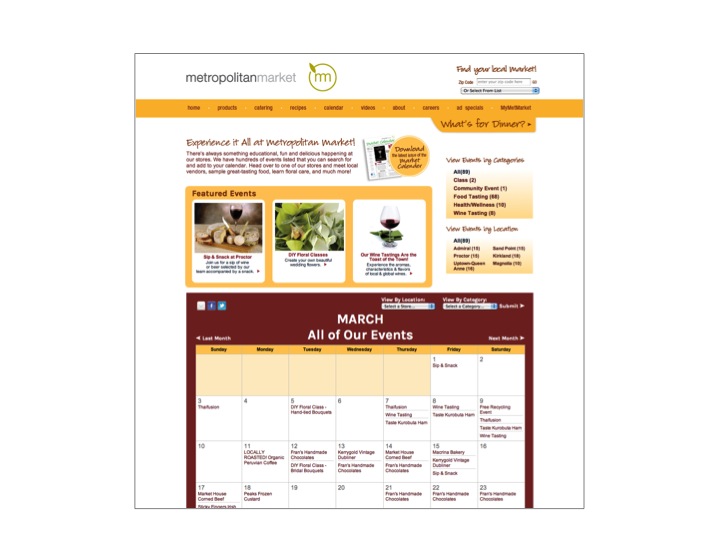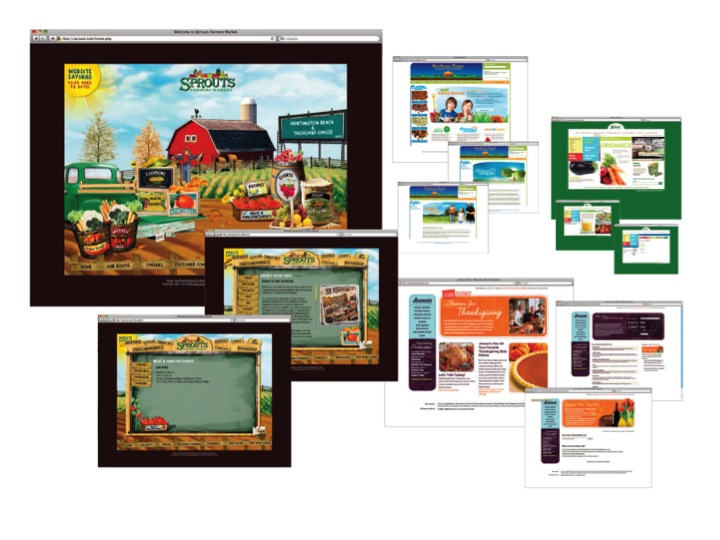Company News
Great Food, Good Neighbor
by webmaster — July 8, 2010
About 25 years ago, I served as Vice President of Advertising, Marketing and Procurement for a regional wholesaler based in Minneapolis called Red Owl Stores. Red Owl had distribution centers in Minneapolis, Green Bay and Fargo, North Dakota, and had struggled for many years with different ownership groups. Margins were tight, sales were slipping and expense ratios were growing.
During a discussion with the ownership group, the topic of community giving came up in the conversation. What was our role in community giving? One of the responses: “Jim, the sign outside says Red Owl…not Red Cross.”
George Jenkins founded Publix with a spirit of giving in mind. He was once asked, “If you hadn’t given away so much, how much do you think you would be worth today?”
His response, without hesitation: “Probably nothing.”
When it comes to community involvement, actions speak louder than words. So how does a regional, independent grocer make a commitment to community involvement? How do you manage that commitment in order to provide the most benefit to the community, while steering away from solicited requests that may not be worthy of the limited time, talent and treasure that you have? We’ve all heard stories of the local supermarket that donates to one organization only to have ten other organizations ask for (or in some cases, demand) similar treatment.
Each company needs to define and decide where they stand on community involvement programs. If you don’t, you’ll regret it as soon as shoppers and community members disparage your company for not donating to their own favored charities or causes. You simply can’t help everyone.
One of our customers has done a great job of managing the process and maintaining a reputation as a community-focused company and good neighbor. In fact, Chief Supermarkets’ tagline is “Great Food. Good Neighbor.”
Chief has developed programs that allow them to effectively contribute to their communities. They clearly communicate the ways in which they are able to give back, and also articulate what they are not able to support. They have carefully constructed methods for enabling community members to obtain a grant application online, and their Community Grant Committee meets once a month to consider requests.
Think of how much easier and more efficient your community-giving program would be if everyone had a clear understanding of what you do support, and what you can’t support. By knowing that you’ve taken a positive step towards defining how you can best serve, your community will embrace your efforts.
Filed Under: Company News






